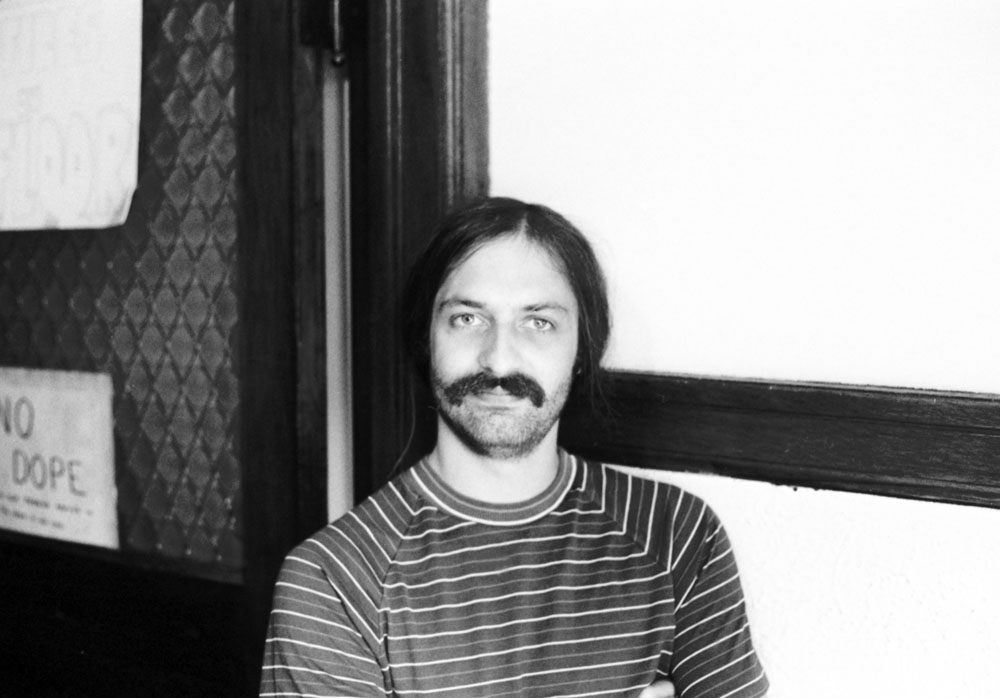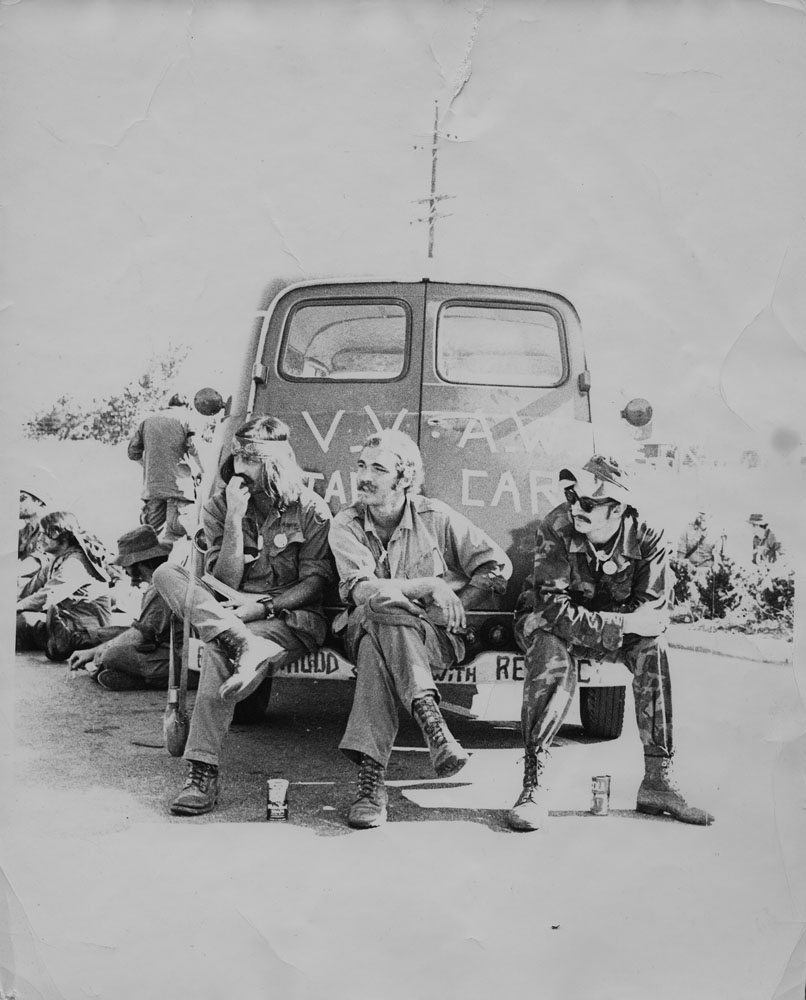 |
The Early Days of Our PaperBy Edward DamatoIn your hands is Volume 50, Number 2 of VVAW's national newspaper, The Veteran. It started off as First Casualty, then Winter Soldier, and then became The Veteran. We decided to look back at the early days of VVAW's newspapers and get memories from some of the key organizers who worked on the paper over the years. See last issue for recollections from Barry Romo and Pete Zastrow and elsewhere in this issue by Bill Shunas. Here are excerpts from an interview with former VVAW National Office member Ed Damato
Fifty years is a long time, but give it a few moments, and memories can come flooding back. I first worked on the paper when it was called Winter Soldier in 1973. Before that it was The First Casualty the name drawn from the words of Aeschylus, the ancient Greek writer, "in war, truth is the first casualty..." It then became Winter Soldier based on Thomas Paine's words "The summer soldier and the sunshine patriot will, in this crisis, shrink from the service of their country; but he that stands by it now, deserves the love and thanks of man and woman." We saw ourselves as the opposite, winter soldiers. Next it was named The Veteran, a very simple, fitting explanatory name of what the paper represented. When the paper was first published in New York City I remember that the great Larry Rottmann was the editor. Larry, the editor and writer of Winning Hearts and Minds and American Eagle was from New Mexico and I remember him flying to New York to work on it. It was a great resource for the organization and it was a point of pride for me to sell them or hand them out. When I first began working on the paper in 1973, it was my first year in the national office. We would meet in our office (which was the floor above our living quarters) at the house at 827 West Newport in Chicago. We would discuss what we should include, then assign the articles and see what pictures we had. We also solicited articles and photos from all the chapters particularly about events such as anti-war demonstrations and Veterans Administration hospitals and benefits. Of course we included news about Vietnam and other important events of the day. Once everything was planned we would begin the process of writing and editing, then typing and layout. Barry Romo was responsible for the layout. Marla Watson was at first a staff member and her contributions and typing skills were invaluable. The others were Sam Schorr, Brian Adams and me and Bill and Charlie Branson, the two national staff. We also had Carol Fisher who did all those wonderful drawings and in color too that were on our last pages! I remember if Carol wasn't in Chicago we would anxiously await her drawing through the mail. Peter Zastrow joined in when he was elected to the national office. Later came Bill Davis. Let me interject a note here…In last month's article about the paper Pete said that once he caught me polishing the toaster instead of writing one of my articles. Let me explain myself. It has always been my style to come up with a first sentence, a good one where the article would just flow from there. When I was in college writing many, many papers a good number of my first sentences would come to me while I was jogging. I would literally run home and set in down on paper and it made the rest of the article easier to write. Polishing the toaster was my Chicago equivalent. I hope Pete can appreciate my artistic inspirations! The paper was done before we had computers so everything was typed on electric typewriters. We used a font (I can't remember its name) where if you made a typo you had to backspace to erase, with white-out, either one, two or three spaces (the M was three spaces.) Brian Adams and I did lots of photography and we set up a photo lab on Newport, and later when we moved at 7719 South Fielding, where we would develop and print. The great thing about developing our own photos was that we could enlarge them to fit the spaces they needed to be. Brian was much more experienced than I was and I would watch in awe as he stuck his hands in the black bag and took the film from the camera, rolled it into the developing container where the developing chemicals were added. I was always afraid to somehow ruin the film if I did it, but he was a pro. I remember one of the things that I was very particular about was to make the picture as dramatic as you possibly can. If that meant zeroing in on just the lower right hand of the negative or focusing on the very middle and cutting out all the rest, then that was what would tell the story better. The whole process of planning and executing would take about three weeks and then we had a week to catch up on our other duties before we would begin the whole process again for the next month's paper. It was a lot of well-worth-our-time work. Once the paper was finished we would take it to the printer in Palos Hills, a nearby suburb. I remember the first time going to pick it up. Seeing all those bundles and the printed finished copy was a thrilling experience, all that work coming alive in my hands. We would put the papers in the garage out back and I would get cardboard boxes and tape and box them to be sent out to the chapters all over the country. We took them to Greyhound to ship. I remember saying that we had to buy boxes because the ones we took from the grocery store dumps were none too sturdy to ship. We would tell the chapters to recycle for their needs. One of the things I am very proud of in addition to the anti-war coverage and the needs of veterans was our articles and work around bringing a Universal and Unconditional Amnesty for All Draft Resisters. I left the national office in November of 1977 and headed back to New York City where I was born and raised. Those years in Chicago and working on the organization's newspaper were among the most memorable of my life; very rewarding and I think important. I would love to see the folks again I mentioned in this article. I think we did a great job. Edward Damato has been a member of VVAW since 1970 and lives in New York.
|



